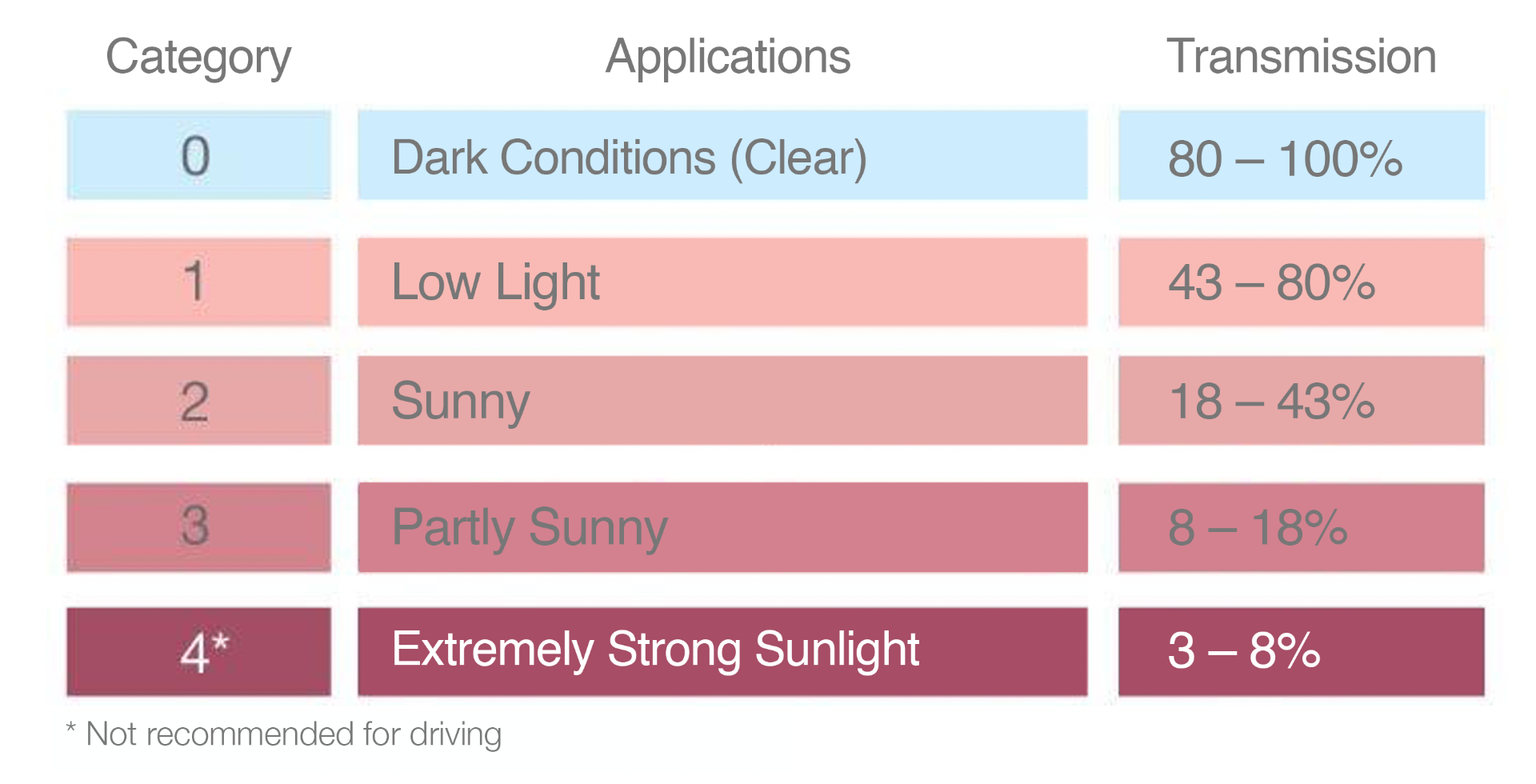We use cookies to make your experience better. To comply with the new e-Privacy directive, we need to ask for your consent to set the cookies. Learn more.


Importance of Protecting Kids’ Eyes From Sunlight
As parents, we know children never stop moving and are often outside playing. What you may not know is how sensitive kids' eyes are to sunlight. The younger your child, the more susceptible their eyes are to damage from UVA, B, and C rays. It's crucial to protect their eyes with the proper lens tint and frames that fit comfortably, which is why Julbo is committed to working with opticians and healthcare professionals to develop eyewear that provides the best protection for infants, children, teens, and adults. Here are a few recommendations to help you choose glasses for your child from infants to 10 years old.
The Impact of UV Rays on Kids’ Eyes
Children's eyes, unlike those of their parents, are not naturally protected from the sun. Before the age of one, a child's crystalline lens is transparent. This means it allows 90% of UVA and 50% of UVB rays to pass through it and reach the retina. From the age of 25, however, UV rays are absorbed in part by the lens and the cornea. What's more, babies have not yet developed the full ability to blink, nor the natural reflex to squint to protect themselves from bright lights. In order to guarantee proper protection, they need lenses that filter out 100% of UV radiation. Damage sustained during childhood accumulates and can cause diseases in adulthood.

WHAT CATEGORY LENS SHOULD YOUR CHILDREN'S SUN LENSES HAVE?
For your children, it's essential to select sunglasses protecting their eyes against 100% of UV radiation (UVA, B, and C). Luckily, all JULBO lenses block 100% of these rays. We recommend Category 4 lenses for infants, with a visual light transmission range (VLT) of 3 to 8% and a Category 3 for Children ages 2 and up, with a VLT of 8 to 18%.

WHAT ARE THE LONG-TERM RISKS OF SUN DAMAGE TO EYES?
Overexposure to the sun can cause burns, premature ageing and other eye diseases such as keratitis – inflammation of the cornea – and early cataracts, which develop when the cornea and the lens deteriorate. With time, there's a greater risk of developing age-related macular degeneration.
HOW TO CHOOSE THE PERFECT SUNGLASSES AND GOGGLES TO PROTECT YOUR CHILDREN'S EYES?
Once you've chosen the lenses, we recommend you select a frame:
- Large enough to block light coming in from all sides
- With good hold: your child must be able to bend down and move their head without their glasses or goggles falling off or moving around
- Fits comfortably on your kids’ face.
- For infants, we recommend temple arms that let you attach a strap to avoid losing glasses as well as to guarantee they offer very good hold

A good pair of sunglasses for your child must be specifically designed to fit the shape of their face, have lenses that protect them against 100% of UV Rays with a protection index of 3 or 4. Watch out for scaled-down adult models as well as toy glasses!


